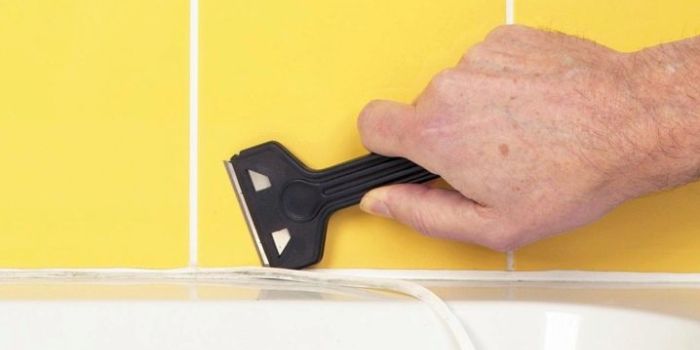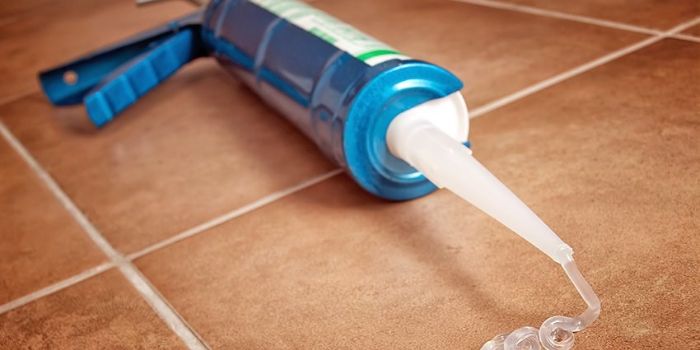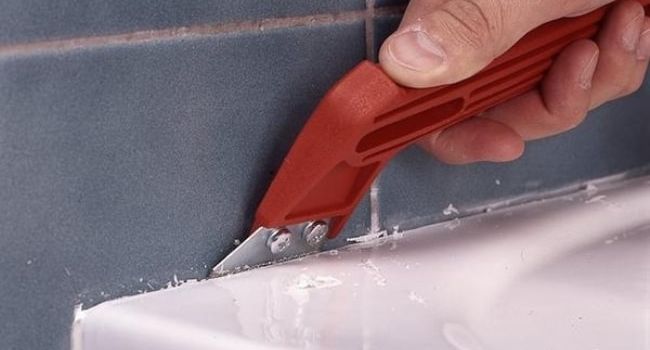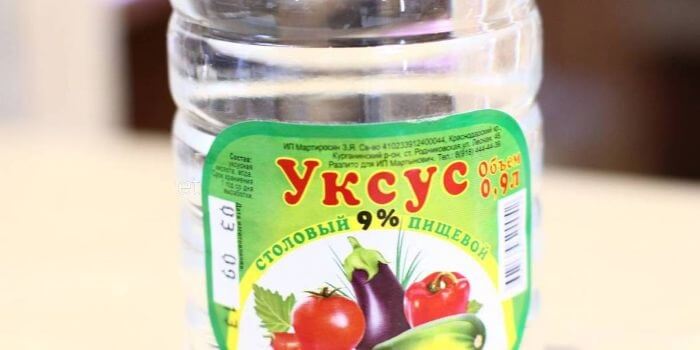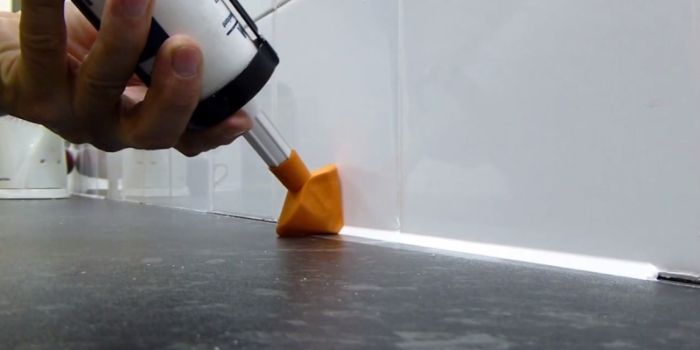Sealant is regularly used during repair work because it is made of silicone rubber and does not allow moisture to pass through. The composition has a number of advantages, but over time deteriorates and needs to be replaced. How to wash off silicone sealant and how to do it so that there are no marks left on the bathtub and other surfaces, we will consider further.
How to clean sealant from tubs and tiles?
It is easy to remove silicone sealant from the surface only if it has just been applied. Therefore, when during the repair the solution gets on other surfaces or goes beyond the desired zone, it is immediately removed with a damp cloth.
It is almost impossible to determine in advance how easy it will be to wipe off the sealant, so you will have to use several methods and see what helps the most. Much depends on the composition of the sealant and the surface on which it is fixed. Cast iron, enamel, concrete and marble are the most difficult to wipe off the silicone composition, since these materials have a porous surface. Embossed tile also belongs to this category, it adheres securely to silicone, so it is very difficult to remove it.
If, after removing the material, it is planned to re-apply a new sealant, then the surface is completely cleaned to increase adhesion.Fresh and old silicone almost do not cling to each other, if you do not think in advance how to wash the sealant, you will have to redo this part of the repair again. Therefore, the elimination of the old layer is treated responsibly.
Silicone sealant with a bath is removed by chemical means or by mechanical action on the material. Sometimes these methods are combined, but in any case they start with physical influence on the layer.
mechanical method
The main part of the material is removed during physical impact, for this they use a construction knife, tweezers, spatula, blade, flat screwdriver, pumice stone, scrapers. Sometimes just a few of the tools on this list are enough to get the job done, but it’s best to prepare everything in advance so that you can use each of them.
Step by step removal of silicone sealant from the tub:
- Cut off the layer of material with a knife or a thin blade. To do this, it is first necessary to make transverse cuts on silicone. If the composition is still soft (this happens only with a fresh layer), then they try to remove it in one motion. Pre-sealant is cut into large long sections.
- Grab the edge with your fingers or not very sharp tweezers, remove it.
- Remove silicone sealant (or rather, its remnants) from plastic with a wooden scraper, in other cases it is better to use a spatula.
- If the material is clogged in small cracks, then pry it with tongs.
- The thin layer remaining on the surface is very difficult to remove. It is worth trying several ways to remove the sealant: sandpaper, a dish sponge, pumice stone are suitable for this.
- For tiles, use a stationery eraser, it is also used for a relief surface, since it does not deform the material.
It will not be possible for one person to remove silicone sealant from a bathtub or shower tray. You will have to bring in an assistant to do this. First, the outer layer of the coating is dismantled around the entire perimeter, and then they try to loosen the pallet with a screwdriver. If this can be done, then the ceramics are moved to another place. When it is not possible to immediately move the bath, the layer continues to be cut with a sharp knife.
Chemicals
It will not be possible to completely remove silicone sealant from plastic or other surface only by mechanical means. With the listed inventory, its main layer is removed, and then chemicals are tried.
Soap
It is not used in its pure form, but a solution is prepared. For this, laundry, toilet soap, as well as dishwashing detergent are suitable. The solid agent is pre-crushed, and any other is simply dissolved in warm water. When foam appears, a sponge is moistened with it, and then the remaining layer is rubbed. If the material is not fixed too strongly, then after 5 minutes it will peel off.
Alcohol with vinegar
This is another easy option than removing silicone sealant. Rubbing alcohol and table vinegar are considered quite strong substances, while they do not destroy a hard surface. They are mixed in equal proportions.
If the solution is too strong and it seems that it is better to wash the silicone with something else, then an equal amount of water is added. The rag is completely moistened in solvents, and then laid out on the problem area. After 10 minutes, check if the sealant has begun to move away. In case of failure, the rag is impregnated again and left again in the same place.
White Spirit
The solvent is mainly used to remove paint, oil stains, bituminous mastic and rubber.If the previous methods did not help and it is still not clear how to remove the sealant, then try this solution.
It is suitable for almost all surfaces in the bathroom, but in some cases it is dangerous for plastic. Therefore, the solution is pre-applied to a small area and see how it affected. Further use of a solvent is unacceptable if, after processing, the integrity of the surface is violated.
Kerosene
This tool is also highly concentrated, they moisten a rag, and then try to wipe the surface. Soaking problem areas with kerosene is not recommended. Even if the material is not damaged, its color will partially change.
How to prevent these problems?
Faced once with a situation where the material has dried up and is not cleaned from the surface, people think about methods for preventing this problem. In order not to think about how to clean the silicone layer every time, when applying it, you should follow the following rules:
- spread the sealant in a thin layer at the joints;
- try not to press the sealant into the tile or bath, it already adheres securely to the surface;
- after sealing the seam, level the layer and walk on the surface with gasoline;
- clean all stained areas of the bathtub so that you do not have to scrub off the already dried sealant later.
If improvised means and mechanical impact did not allow to completely remove the silicone layer, then it is worth using industrial solvents. Suitable Tytan, Soudal, XADO Mottec, Dow Corning. All of them work on the same principle: they apply the product, wait, and then remove the residue. However, when working with them, be sure to use gloves, and then ventilate the room well.

